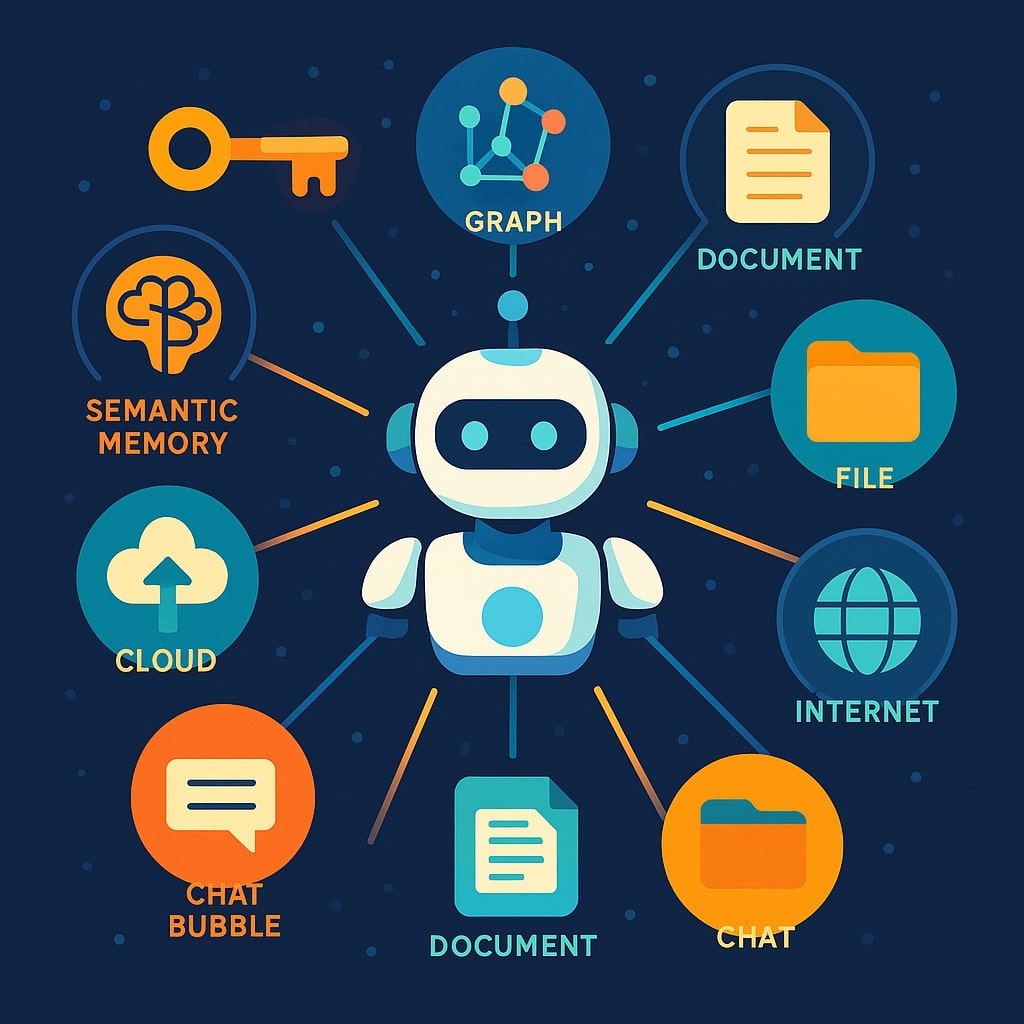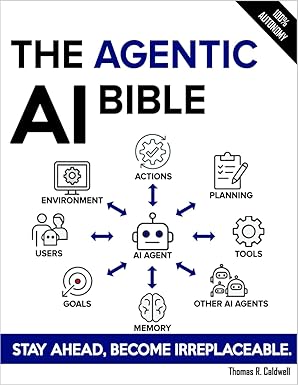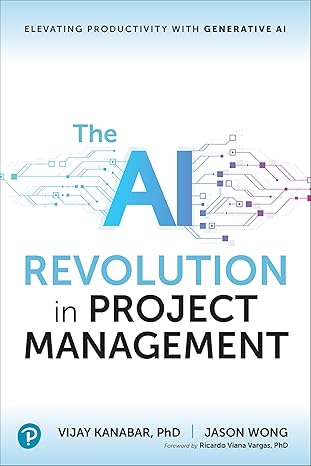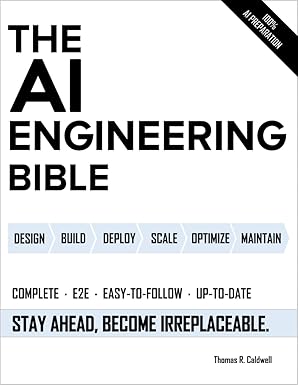Unlocking Agent Potential: 7 MCP Servers That Supercharge Your AI Agents

Ad Space
I’ve spent the last six months weaving MCP servers into my AI agent projects, and the impact has been nothing short of transformative. Below, I walk through the seven MCP servers I reach for first—sharing what I loved about each, the quirks I learned to work around, and why they’ve become indispensable tools in my agent-building toolkit.
1. Knowledge Graph Memory Server
Why I tried it: I needed more than “remember the last few messages.” I wanted structured, queryable memory.
What I like:
- Entity linking: Instantly modeling “Alice → Project X” relationships meant I could ask my agent, “Who’s working on X?” and get a precise answer.
- Graph traversal: When I layered on budget data and team hierarchies, the built-in traversal APIs let me discover hidden dependencies without writing custom code.
- Stable persistence: Restarting my agent or deploying to a fresh container never wiped out months of interactions.
Value to my workflow: It turned ephemeral chat history into a living knowledge base. Now, follow-up questions feel genuinely contextual—my agent isn’t just “seeing” recent prompts, it’s understanding how projects, people, and deadlines interconnect over time.
2. Semantic Memory Service
Why I tried it: A raw vector store gets unwieldy; I wanted smart consolidation.
What I like:
- Automated “dreaming”: Every night it compresses detailed conversations into higher-level summaries (for example, “UX feedback session: key pain points”), so my vector index stays lean.
- Similarity search: Dropping in a query like “mobile layout issues” reliably surfaces past feedback threads—even when I’d forgotten the exact wording.
- Configurable cadence: I dialed consolidation to run after each major sprint, striking the right balance between detail and brevity.
Value to my workflow: My agents now recall themes instead of drowning in individual messages. It’s like having a colleague who takes meeting notes and then extracts the headlines automatically.
3. Sequential Thinking MCP Server
Why I tried it: My agents occasionally “jump to conclusions” on multi-step tasks—so I needed a safety harness.
What I like:
- Clear stages: Defining steps like Decompose → Research → Draft → Review gave me visibility into the agent’s plan before it ever generated a final output.
- Parallel path exploration: It can evaluate two different research directions side by side, then choose the stronger approach.
- Interim checkpoints: If something goes off-rail, I see exactly which stage needs tweaking—no more “black-box” failures at the end.
Value to my workflow: Complex tasks (like drafting a technical spec or analyzing market data) now feel predictable. I trust my agent to methodically work through each phase, and I can intervene mid-stream if I spot an error.
4. File System MCP Server
Why I tried it: I wanted my agent to handle local files—logs, reports, even code snippets—without custom shell calls.
What I like:
- Unified file operations: Reading, writing, renaming, and batch moves all happen through a consistent JSON API.
- Metadata awareness: I can query file sizes or timestamps before deciding whether to parse or skip large archives.
- Permission safeguards: It prompts me when a delete operation seems dangerous—a small but critical guardrail.
Value to my workflow: For daily chores like log analysis or automated refactoring, my agent edits files directly. It’s like having a pair of hands that can safely navigate my workspace.
5. Fetch MCP Server
Why I tried it: I needed live web research without building scrapers.
What I like:
- Clean markdown output: It strips boilerplate, leaving just the article content and headings for easy summarization.
- Image support: When I turned on image extraction, I could pull diagrams directly into my analysis pipeline.
- Robust rate-limits: No accidental hammering of target sites—Fetch respects robots.txt and throttles itself.
Value to my workflow: I ask my agent to “grab the latest DeepMind blog post” and it returns a crisp markdown draft I can immediately summarize or repurpose.
6. Google Drive MCP Server
Why I tried it: Our team keeps spec docs and data sheets in Drive—agents needed seamless access.
What I like:
- Native Sheets access: I can pull a range from a spreadsheet as JSON, let the agent run analytics, then write back results automatically.
- Granular scopes: I grant read-only access to logs folder, write access to reports—minimizing security risk.
- Batch operations: Copy, move, even create new folders on the fly when generating daily deliverables.
Value to my workflow: My agent now generates weekly status slides in Drive without manual download/upload. It’s hands-free reporting.
7. Slack MCP Server
Why I tried it: I wanted my agent to join stand-ups and push alerts where the team actually works.
What I like:
- Threaded replies: It posts follow-up questions in the right thread, keeping channels tidy.
- Rich formatting: Code snippets, tables, even image attachments flow through naturally.
- Event subscriptions: I can trigger workflows when someone @-mentions the agent—turning Slack into a command console.
Value to my workflow: Now, build failures trigger an agent-generated summary in our #ci channel. Support tickets get triaged automatically. It feels like I hired a super-efficient team member who never sleeps.
Bringing It All Together
Over six months, these seven MCP servers transformed my agents from single-session chatbots into persistent, multi-modal collaborators. My go-to stack blends:
- Memory: Knowledge Graph + Semantic Memory
- Reasoning: Sequential Thinking
- Data Access: File System + Fetch + Google Drive
- Collaboration: Slack
With that foundation, I’ve automated everything from sprint retrospectives to client reporting, all through standard MCP calls. If you’re building agents that need to “remember,” “plan,” “read/write,” and “collaborate,” give these MCP servers a spin—your future self (and your team) will thank you.
Ad Space
Recommended Tools & Resources
* This section contains affiliate links. We may earn a commission when you purchase through these links at no additional cost to you.
📚 Featured AI Books
OpenAI API
AI PlatformAccess GPT-4 and other powerful AI models for your agent development.
LangChain Plus
FrameworkAdvanced framework for building applications with large language models.
Pinecone Vector Database
DatabaseHigh-performance vector database for AI applications and semantic search.
AI Agent Development Course
EducationComplete course on building production-ready AI agents from scratch.
💡 Pro Tip
Start with the free tiers of these tools to experiment, then upgrade as your AI agent projects grow. Most successful developers use a combination of 2-3 core tools rather than trying everything at once.
🚀 Join the AgentForge Community
Get weekly insights, tutorials, and the latest AI agent developments delivered to your inbox.
No spam, ever. Unsubscribe at any time.



